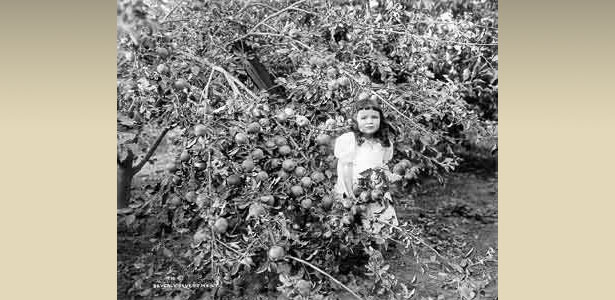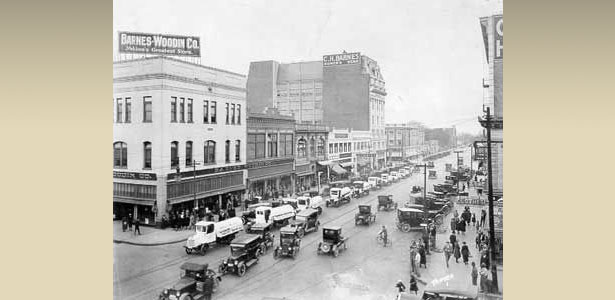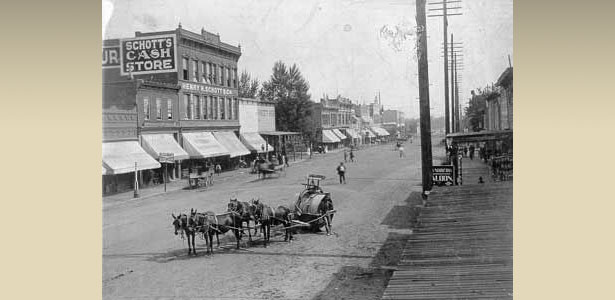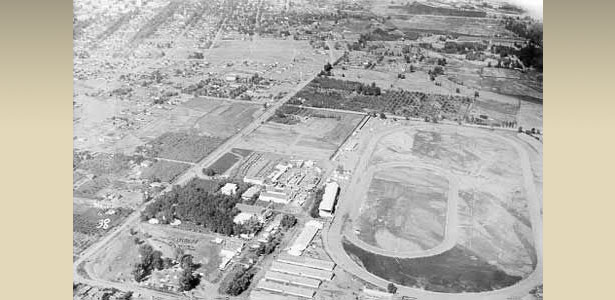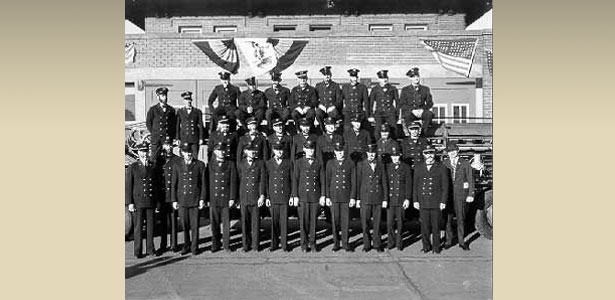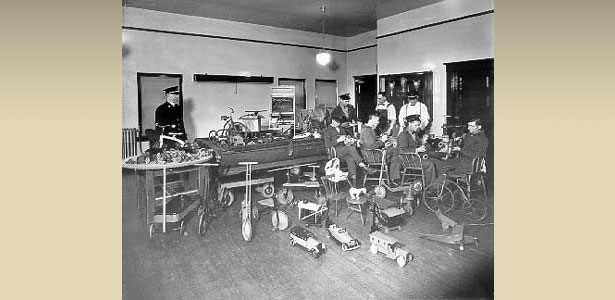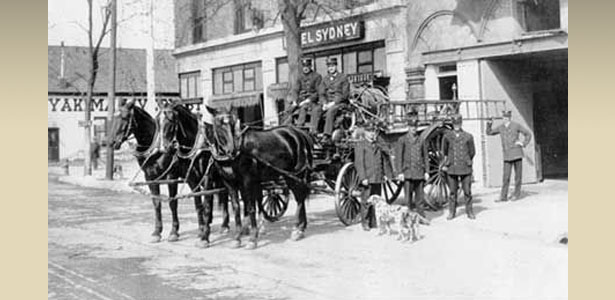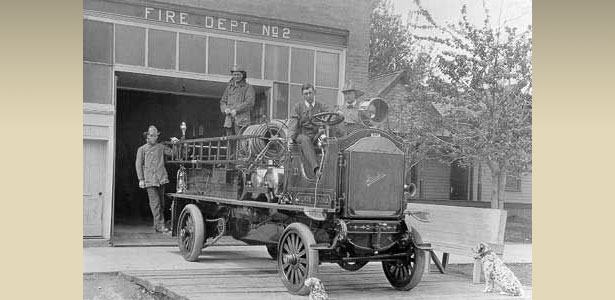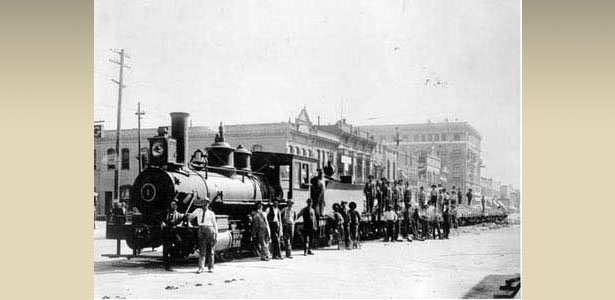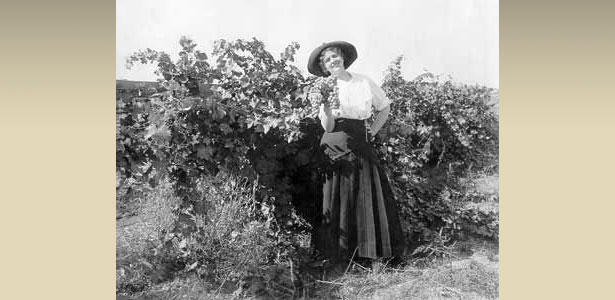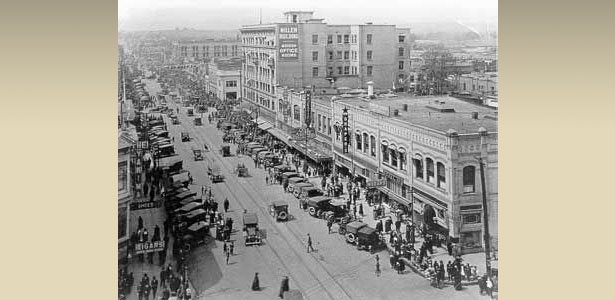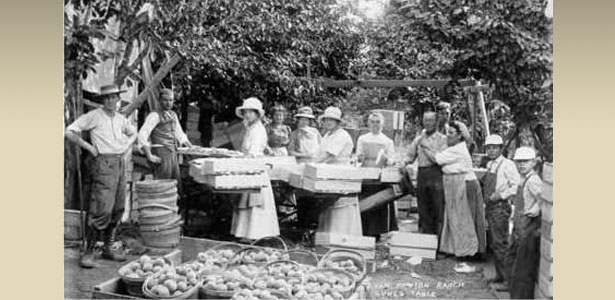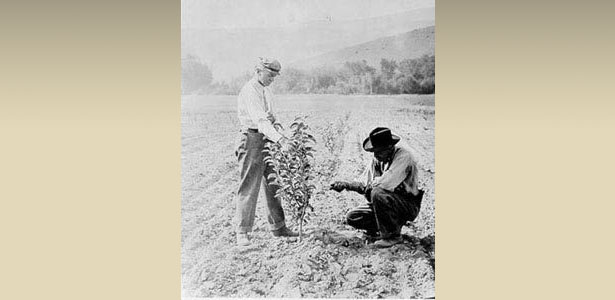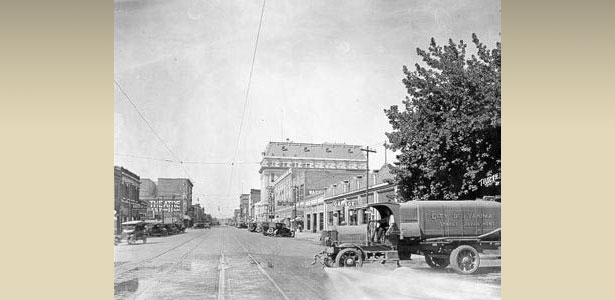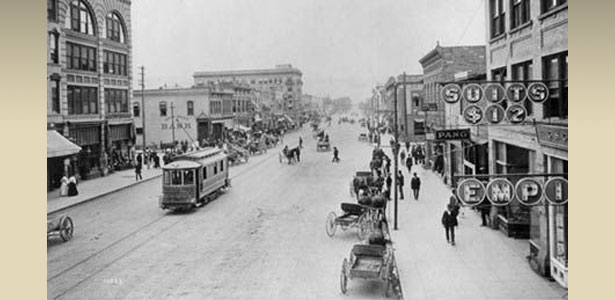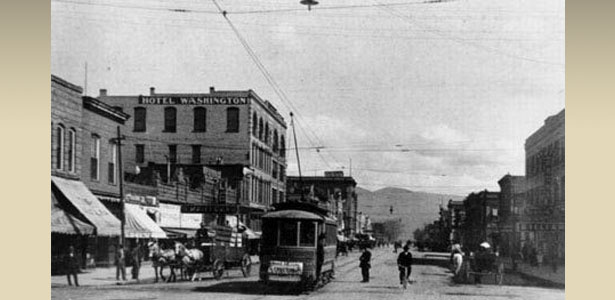About Yakima
History | Economy | Climate | Population
With its beautiful weather, central location, relatively low cost of living, and strong sense of community, Yakima is a premiere place to live, work, and play. We are proud of our city. Yakima is the Heart of Central Washington.
History
Yakima has been the cultural, business, educational, health services, and governmental focal point of the Central Washington region since it was founded more than 125 years ago. Originally built along the new Northern Pacific Railway company line, Yakima has grown from its agricultural roots to become a vibrant, diverse metropolitan city. With a rich history and a bright future, Yakima is the Heart of Central Washington.
Nobody really knows for sure how Yakima got its name. Of the many theories about the origins of the city’s name, one of the more popular is based on a legend about an Indian chief’s daughter who fled from her home after she broke tribal rules. The chief’s daughter made her home along the river named Yakama. The current City of Yakima is said to be located near the site where the chief’s daughter settled.
Another common belief is that Yakima is the plural form of the native word for black bear… yah-kah.
The first American expedition into the region occurred in 1805. Explorers Lewis and Clark made their way through the area and shared tales of abundant wildlife and rich soils. In 1847, a Catholic mission was established in what is now known as the Yakima Valley. In 1858, an American army garrison was sent by U.S. President James Buchanan to build Fort Simcoe and deal with ongoing battles between the native tribes of the area and white settlers. With Fort Simcoe in place and the so-called Yakima Indian Wars over, more white settlers came.
Yakima City was incorporated in 1883, but about a year later, a dispute between land owners and the Northern Pacific Railway Company led the railroad to establish a new town about 4 miles north of the original site. More than 100 buildings were moved by having horses pull them along atop rolling logs. The new town was called North Yakima and was officially incorporated in 1886. The Washington State Legislature officially renamed the city “Yakima” in 1918.
All photos copyright and courtesy of the Yakima Valley Museum.
Economy
Yakima’s economy has always revolved around agriculture. A wide variety of crops are grown in the Yakima Valley. In fact, Yakima County is Washington State’s leader in terms of the value of the fruits, vegetables, grains, and other ag products produced by the county’s farmers.
The region has long been known as one of the world’s leading producers of apples. Other tree fruits, like cherries, peaches, pears, nectarines, and apricots are also grown here. Mint, asparagus, hay, berries, and eggplant are also among the more than 30 varieties of fruits and vegetables that come from the Yakima Valley. Not a lot of people know that this region produces about 75% of all of the hops (a key ingredient in beer) grown in the United States.
While Yakima still relies on agriculture to drive its economy, over 250 manufacturing firms are also located here producing a variety of products including aircraft parts, wood products, plastic products, recreational vehicles, and communications technology. Tourism is the fastest growing segment of the Yakima economy. The Yakima Valley is fortunate to be home to multiple craft beverage makers (breweries, distilleries, and wineries) that regularly draw visitors here to sample and buy our unique and renowned products. Learn more about the growing craft beverage industry in the Yakima Valley. Outdoor recreation, including water and snow skiing, fishing, boating, hiking, horse back riding, and white water rafting, also makes Yakima a favorite destination for people from throughout the Northwest and around the world.
Climate
The Yakima Valley is often described as a semi-arid desert. Yakima regularly boasts about its 300 days of sunshine each year and 4 distinct seasons. Daytime temperatures in the spring are usually in the 60s and 70s, and some rain is likely to fall. Summers are dry with temperatures ranging from the mid 80s to mid 90s during the day, although the thermometer can reach above 100 degrees a few times each year. The fall comes with highs between 50 and 60 degrees, but it can cool off into the 30s and 40s at night. Winter temperatures are usually in the 20s and 30s and snow is pretty common. Overall, Yakima’s climate is mild and mostly dry, with the area averaging only about 8 inches of precipitation each year.
Population
Yakima is the largest city in Yakima County with a population of about 98,000. That makes it the 11th largest city in Washington State. Most of the people who founded Yakima were of European descent, although significant numbers of African-Americans and Asian-Americans homesteaded here as well. Relatively recently, the Yakima Valley has experienced a large influx of Latino immigrants, many from the state of Michoacan in central Mexico. Today, the Yakima community enjoys a rich mixture of people from many cultural and ethnic backgrounds.

